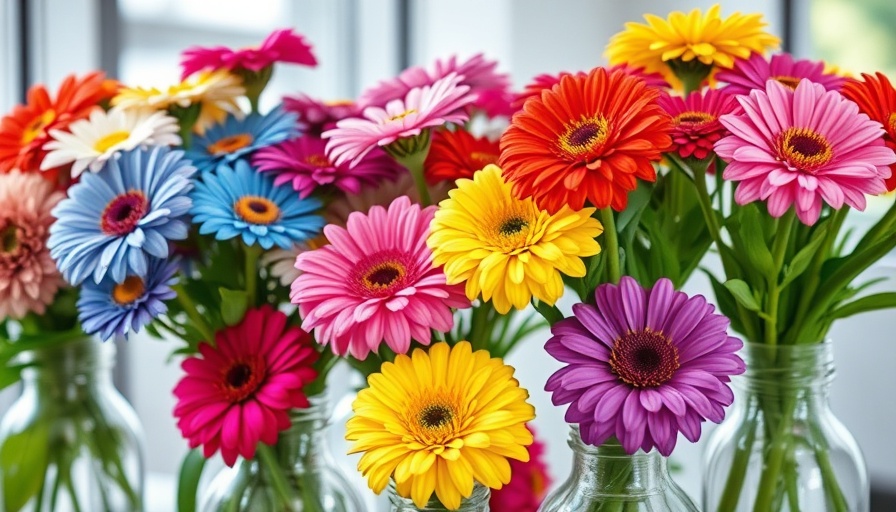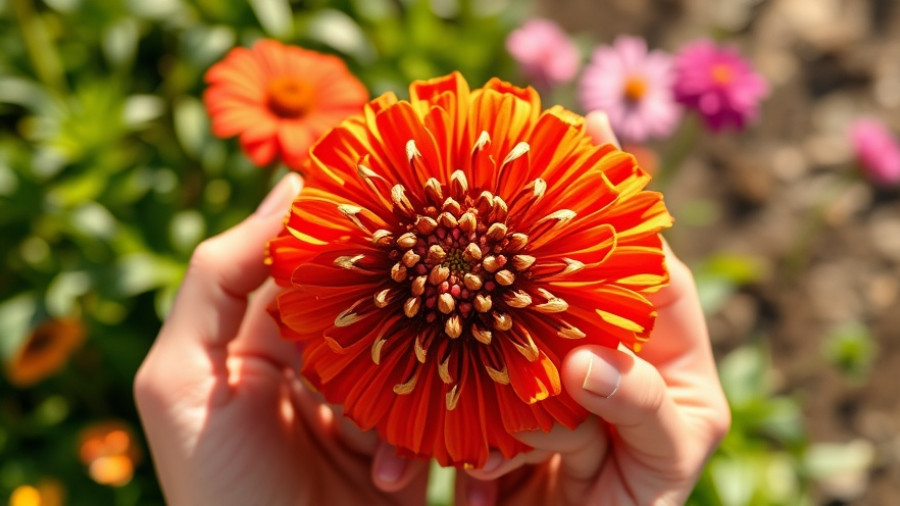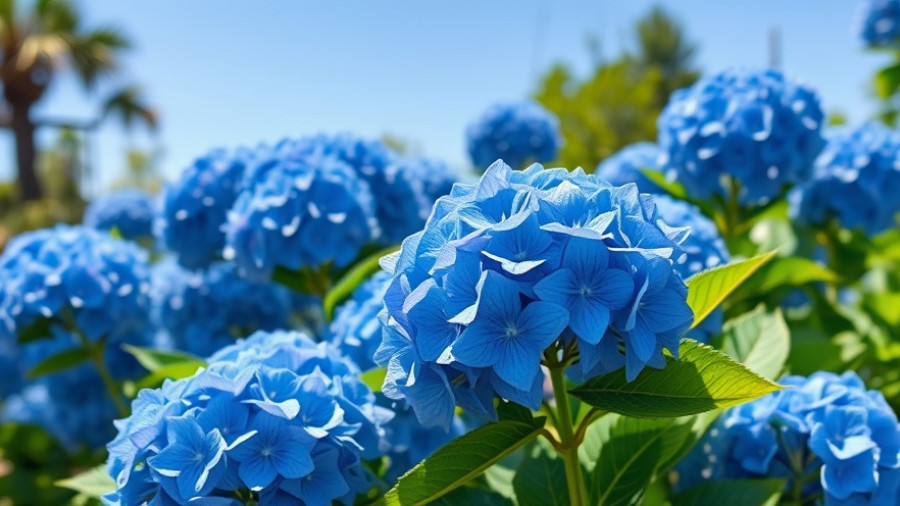
Extend the Lifespan of Your Cut Zinnias with Smart Techniques
In the vibrant world of cut flowers, zinnias shine as a favorite among garden enthusiasts due to their stunning appearance and long-lasting qualities. But how can we ensure that these beautiful flowers remain fresh and lively in a vase? Here are some expert tips to help you extend the vase life of your cut zinnias, ensuring that their spirited colors keep your home bright for as long as possible.
Understanding the Perfect Cutting Conditions
Timing is crucial when cutting zinnias. To achieve the maximum longevity of your zinnias, cut them when they are in full bloom. Unlike some flowers that continue to open after being cut, zinnias will not expand further. Identifying the optimal cutting time means waiting for that flower to open fully, coupled with the right day time. The best time to cut your zinnias is early in the morning, preferably before 9 a.m., when they are at their freshest. For long-lasting blooms, ensure that your zinnias have adequate sunlight and hydration in the days leading up to your harvest.
Immediate Care Post-Harvest
Once you've successfully harvested your zinnias, swift action is key. Always carry a container of water with you to place the freshly cut stems directly into after cutting. This will help prevent the stems from wilting and prolong their vibrancy. It’s also advisable to prepare your vase beforehand with lukewarm water, which has been shown to encourage hydration more effectively than cold water.
The Importance of Stem Preparation
Properly preparing the stems is a significant step in ensuring your zinnias thrive in a vase setting. After cutting the stems, trim them at a diagonal angle to allow for better water absorption. Also, remove any leaves that may fall below the water line in your vase; this helps curb bacterial growth, which can lead to early wilting.
Storing and Arranging: Tips for Elevating Beauty
Once properly treated, arranging your zinnias is where you can truly showcase their beauty. Consider mixing zinnias with other seasonal flowers for a dynamic display; however, be mindful of the moisture and light needs of each flower type to maintain their freshness. Placing your arrangement in a cool spot away from direct sunlight will also benefit their longevity.
Gaining Insight from Experienced Gardeners
Learning from seasoned cut flower gardeners can provide invaluable information. One commonly shared tip among experienced gardeners is to regularly change the water in your vase—at least every couple of days—to keep the flowers hydrated and healthy. This simple act can significantly improve the longevity of your zinnias.
Experience the Joy of a Colorful Summer Garden
Cultivating zinnias not only brightens up your space but can also foster a strong connection with nature, creating lasting joy well beyond their vase life. There’s something genuinely fulfilling about tending to your garden and then enjoying the fruits of your labor indoors. With these tips in mind, why not embark on a journey this planting season? Start sowing zinnias and watch your colorful blooms come to life!
Ready to elevate your gardening experience? Knowing the right techniques and timing for your cut zinnias can transform your space into a lively oasis. Start planning your spring garden now and embrace the beauty of sustainable gardening!
 Add Row
Add Row  Add
Add 




Write A Comment